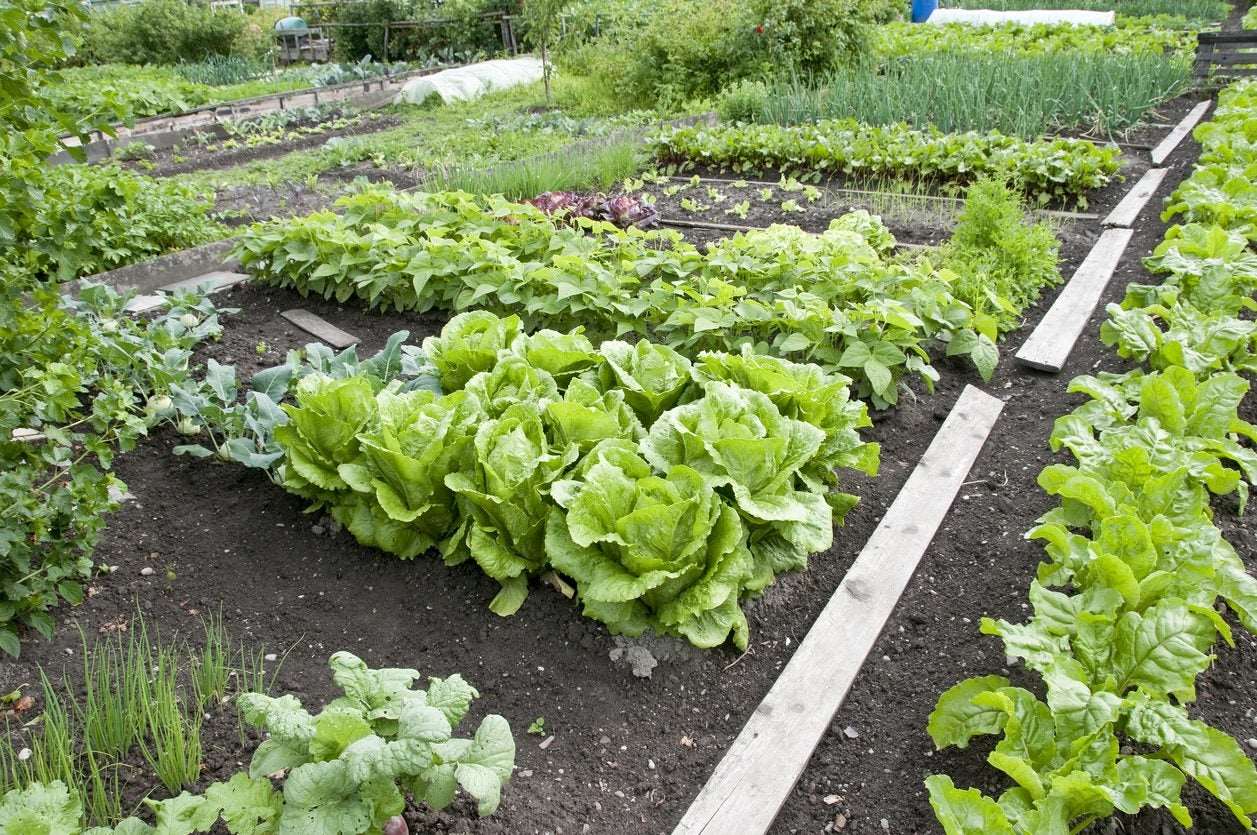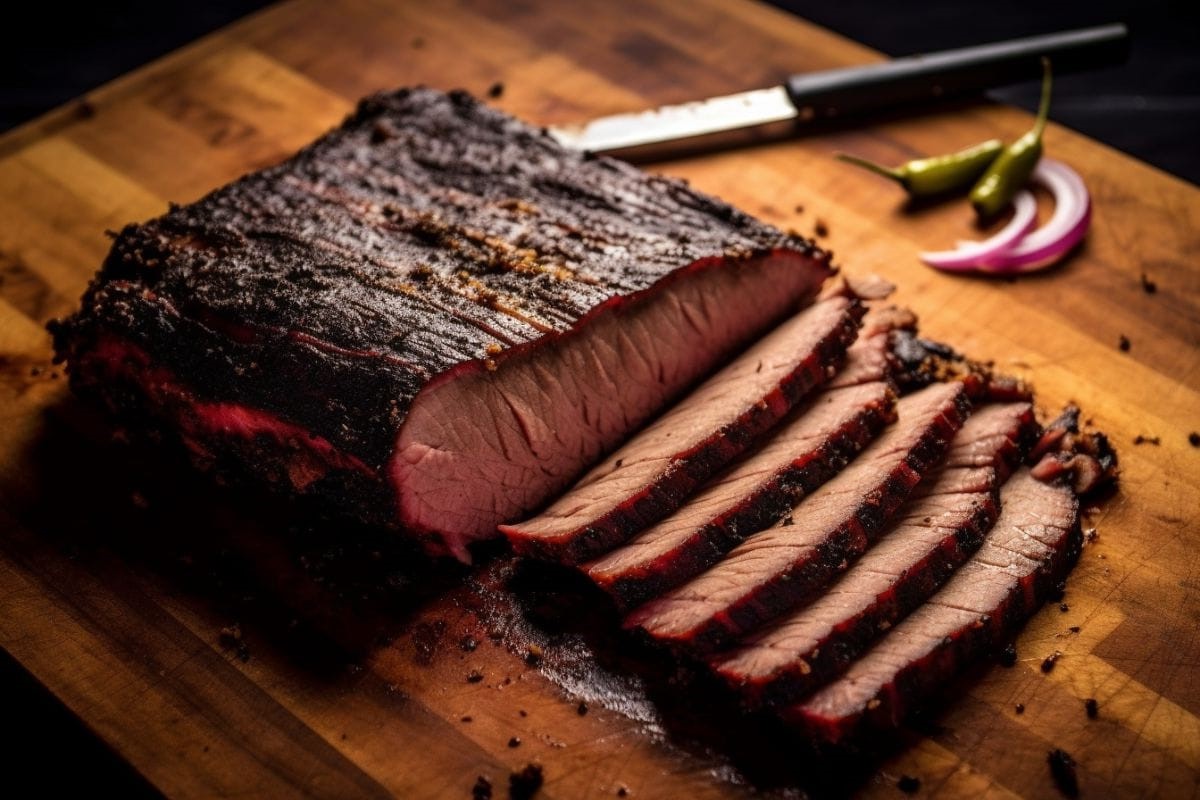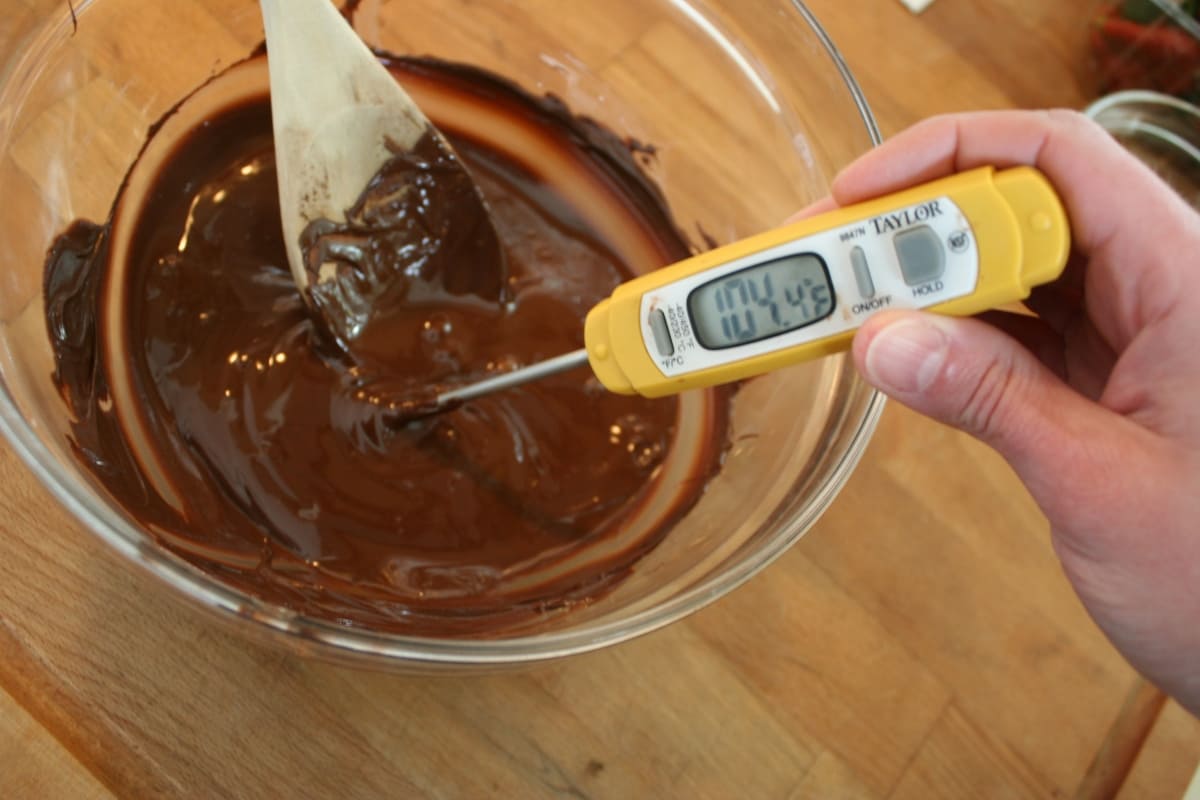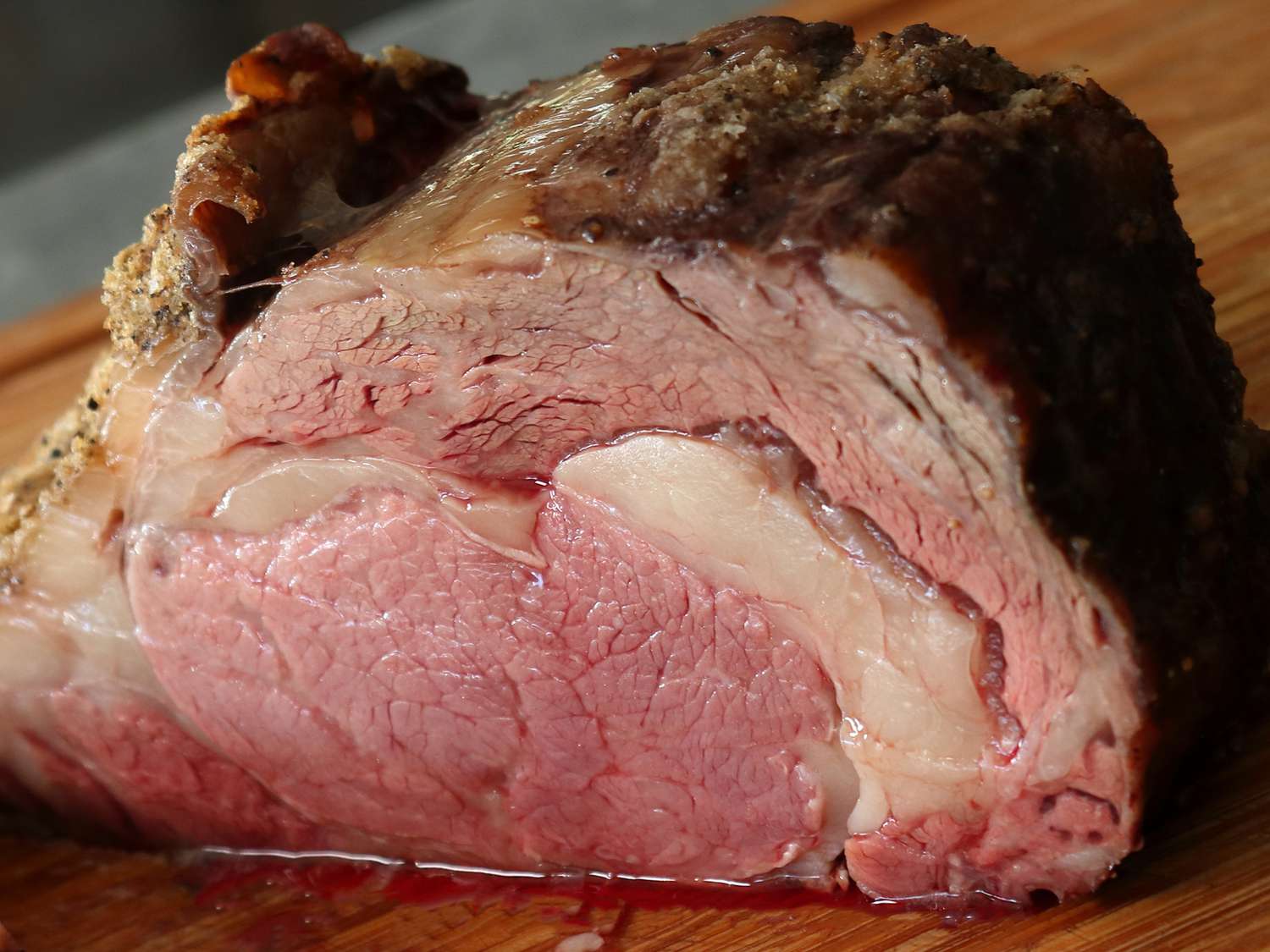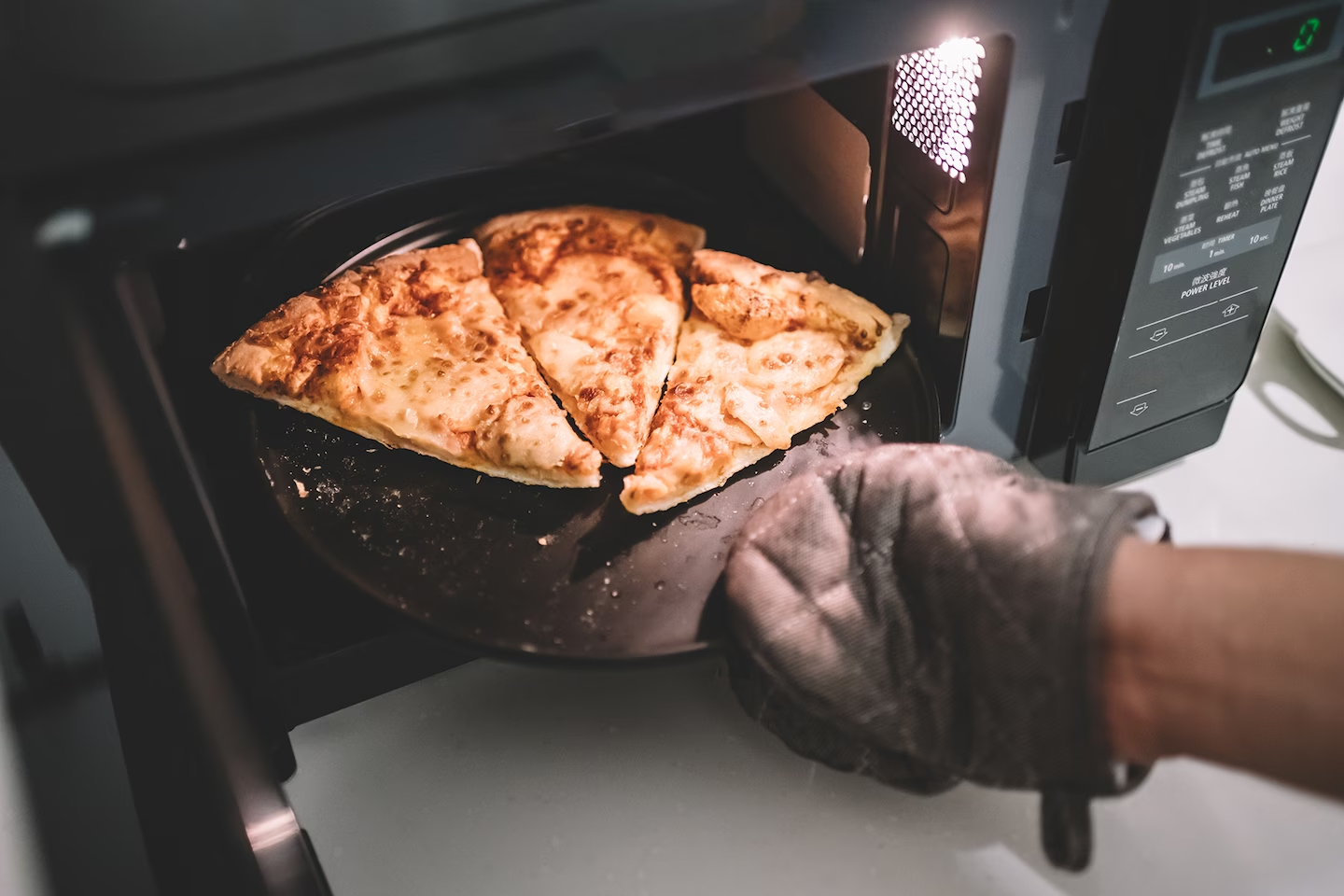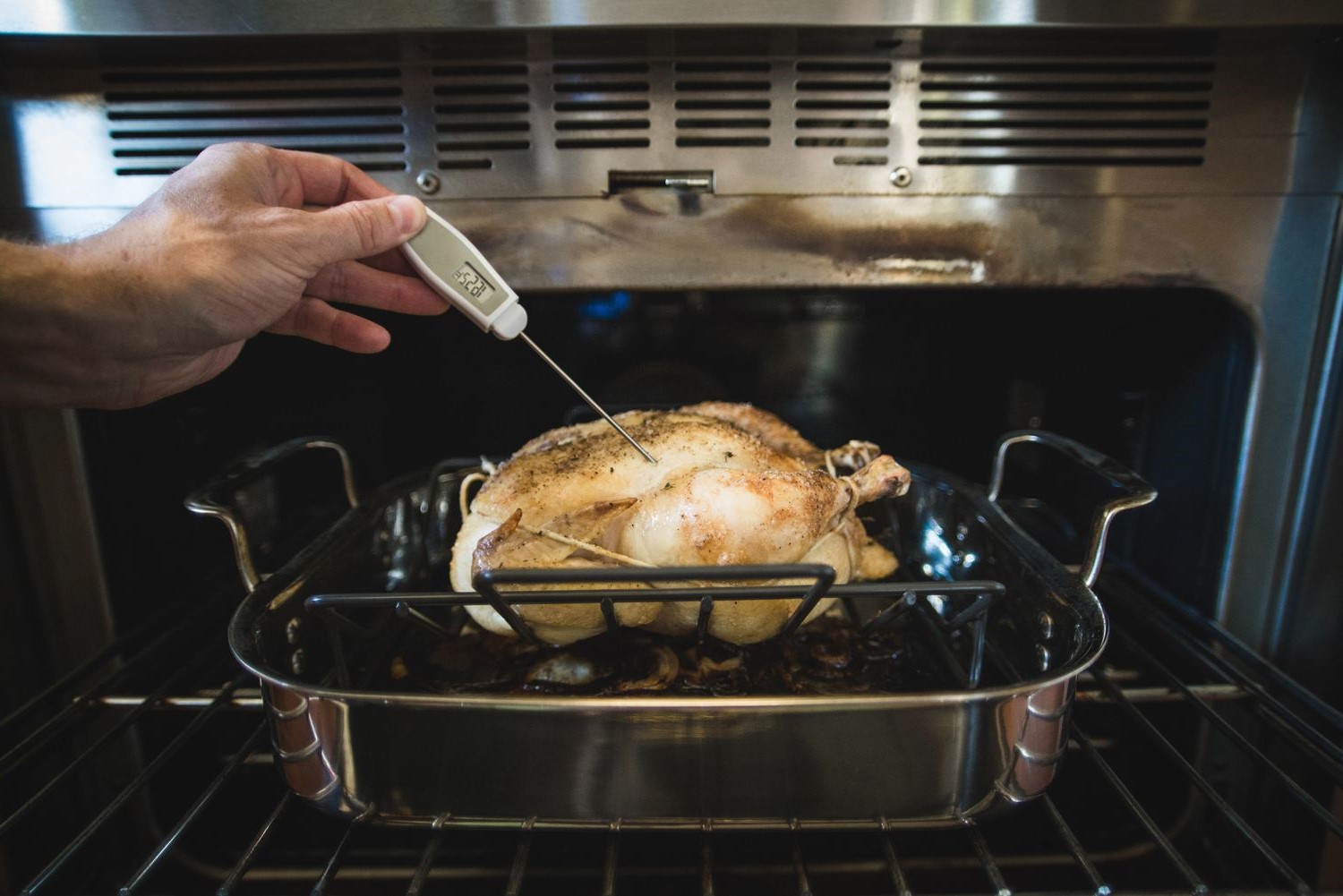Home>Culinary & Beverages>Hot Foods In The Temperature Danger Zone: Identifying Foods At Risk
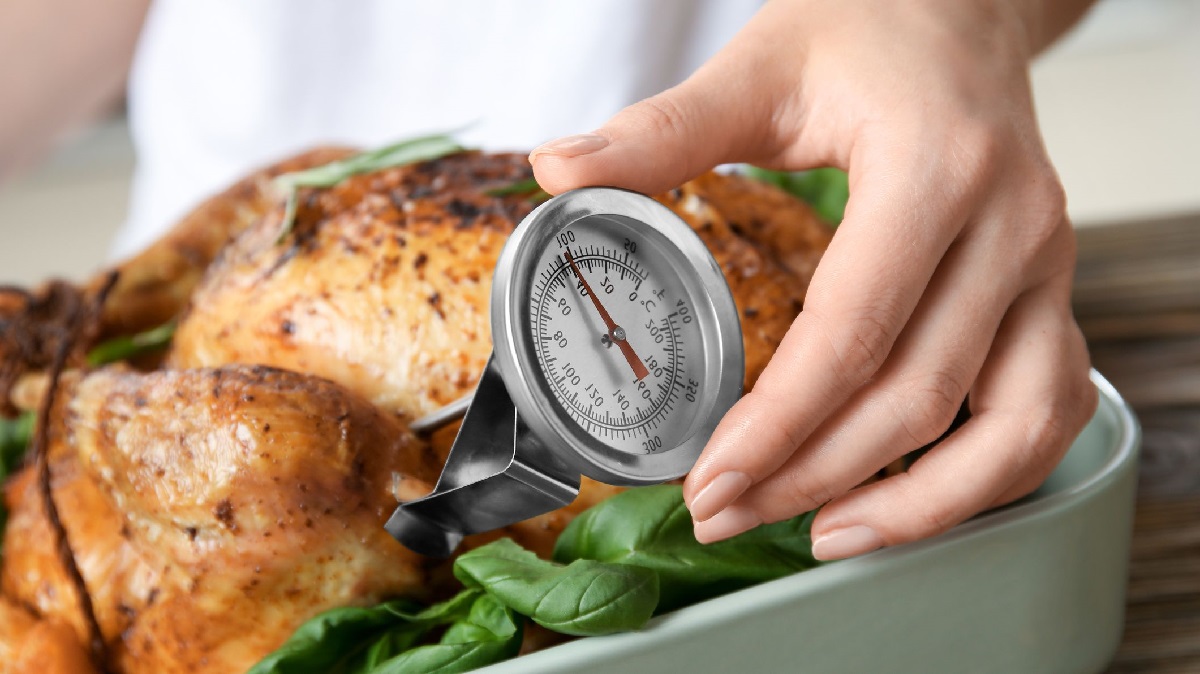

Culinary & Beverages
Hot Foods In The Temperature Danger Zone: Identifying Foods At Risk
Published: February 21, 2024
Learn how to identify foods at risk of being in the temperature danger zone with our guide to culinary and beverage safety. Keep your hot foods safe!
(Many of the links in this article redirect to a specific reviewed product. Your purchase of these products through affiliate links helps to generate commission for Temperatures.com, at no extra cost. Learn more)
Table of Contents
Understanding the Temperature Danger Zone
The temperature danger zone is a critical concept in food safety, especially for hot foods. It refers to the range of temperatures in which bacteria thrive and multiply most rapidly. Specifically, the danger zone spans from 40°F (4°C) to 140°F (60°C). Within this range, bacteria such as Salmonella, E. coli, and Staphylococcus aureus can proliferate at alarming rates, posing a significant risk of foodborne illness.
When hot foods are held within the temperature danger zone, bacteria can double in number every 20 minutes, leading to a heightened potential for foodborne illness. This is particularly concerning in food service settings, where large quantities of hot foods are prepared and stored for extended periods.
Understanding the temperature danger zone is crucial for anyone involved in food preparation and service. It underscores the importance of maintaining proper food temperatures to ensure food safety and protect consumers from the risks of foodborne illness. By being mindful of the temperature danger zone, food handlers can take proactive measures to prevent bacterial growth and uphold the integrity of the food being served.
In the next sections, we will delve into common hot foods that are susceptible to the temperature danger zone, signs of spoilage to watch for, and best practices for preventing hot foods from entering this perilous temperature range. Additionally, we will explore the essential storage and handling practices that play a pivotal role in mitigating the risks associated with the temperature danger zone.
Understanding the temperature danger zone serves as the foundation for implementing effective food safety measures, ensuring that hot foods remain safe for consumption and free from harmful bacteria.
Common Hot Foods at Risk
Hot foods are an integral part of culinary offerings across various food service establishments, ranging from bustling restaurants to institutional cafeterias. However, despite their popularity, many hot foods are particularly vulnerable to the temperature danger zone, making them susceptible to bacterial growth and potential spoilage. Identifying these common hot foods at risk is essential for food handlers and kitchen staff to prioritize food safety and minimize the chances of foodborne illness.
-
Soups and Stews: Rich, hearty soups and savory stews are staple items in many menus, especially during colder seasons. These hot liquid-based dishes are often prepared in large batches and held at specific temperatures for extended periods. However, their liquid nature makes them conducive to rapid bacterial growth if not maintained within safe temperature ranges.
-
Gravies and Sauces: Whether it's a luscious meat gravy or a velvety béchamel sauce, hot gravies and sauces are commonly used to enhance the flavors of various dishes. Due to their composition and prolonged simmering, they are prone to entering the temperature danger zone if not stored and handled correctly.
-
Cooked Meats and Poultry: From succulent roasted chicken to tender braised beef, cooked meats and poultry are prevalent components of hot food offerings. These protein-rich items are particularly susceptible to bacterial contamination if they are not stored at safe temperatures after cooking.
-
Rice and Pasta Dishes: Steaming bowls of fragrant rice and al dente pasta creations are beloved by many diners. However, these carbohydrate-based dishes, when prepared in large quantities, can become breeding grounds for bacteria if they are not promptly cooled and stored at safe temperatures.
-
Egg-based Dishes: Whether it's a fluffy omelet for breakfast or a decadent quiche for brunch, egg-based dishes are popular choices in many food service settings. However, the high protein content in eggs makes these dishes prone to bacterial growth if they are not handled and stored with utmost care.
-
Vegetable-based Preparations: From sautéed greens to roasted root vegetables, hot vegetable-based dishes are essential components of diverse menus. While vegetables are often perceived as low-risk foods, their susceptibility to bacterial contamination increases when they are cooked and held at inadequate temperatures.
-
Dairy-based Preparations: Creamy soups, luscious custards, and indulgent cheese sauces add richness and depth to many culinary creations. However, dairy-based hot foods are at risk of bacterial proliferation if they are not diligently monitored and stored under optimal conditions.
Understanding the susceptibility of these common hot foods to the temperature danger zone is pivotal for food handlers and kitchen staff. By recognizing the inherent risks associated with these food items, proactive measures can be implemented to safeguard against bacterial contamination and uphold the safety and quality of hot food offerings.
Identifying Signs of Spoilage
Identifying signs of spoilage in hot foods is paramount for ensuring food safety and preventing the consumption of contaminated dishes. While visual and olfactory cues are often indicative of spoilage, it is essential for food handlers and kitchen staff to be vigilant in recognizing these signs to mitigate the risk of serving compromised food to patrons.
Visual Indicators
Visual inspection is a fundamental aspect of identifying spoilage in hot foods. Signs of spoilage may include changes in color, texture, and overall appearance. For instance, cooked meats and poultry that exhibit an abnormal discoloration, such as a greenish or grayish hue, may indicate bacterial contamination. Additionally, the presence of mold or unusual formations on the surface of hot foods, particularly dairy-based or vegetable-rich dishes, signifies spoilage and renders the food unfit for consumption.
Olfactory Cues
The sense of smell plays a crucial role in detecting spoilage in hot foods. Foul or off-putting odors emanating from hot dishes, especially those containing dairy, eggs, or protein-rich ingredients, serve as red flags for potential spoilage. Unpleasant or rancid smells are indicative of bacterial activity and the breakdown of food components, signaling that the dish has surpassed its safe consumption window.
Texture and Consistency
Changes in the texture and consistency of hot foods can also signify spoilage. For instance, soups and sauces that have undergone separation, curdling, or the formation of an unusual film on the surface are likely compromised and should be discarded. Similarly, cooked grains, such as rice and pasta, may exhibit an abnormal sliminess or stickiness, indicating bacterial growth and rendering them unsuitable for consumption.
Taste Testing
While taste testing is not a foolproof method for identifying spoilage, it can provide additional insights into the condition of hot foods. Unusual or off-flavors, bitterness, or sourness in dishes that are not intended to possess such characteristics are indicative of spoilage. However, taste testing should be approached with caution, as some harmful bacteria do not alter the taste of food, making visual and olfactory assessments more reliable indicators of spoilage.
By being attuned to these signs of spoilage, food handlers can promptly identify compromised hot foods and take necessary measures to prevent their service to consumers. This proactive approach is instrumental in upholding food safety standards and safeguarding the well-being of patrons, underscoring the critical importance of vigilance in identifying signs of spoilage in hot foods.
Preventing Hot Foods from Entering the Danger Zone
Preventing hot foods from entering the temperature danger zone is a fundamental aspect of ensuring food safety in commercial kitchens and food service establishments. By implementing proactive measures and adhering to best practices, food handlers can effectively mitigate the risk of bacterial proliferation and uphold the integrity of hot food offerings. Here are essential strategies for preventing hot foods from entering the danger zone:
Timely Temperature Monitoring
Regular and meticulous temperature monitoring is paramount in preventing hot foods from entering the danger zone. Utilizing calibrated food thermometers to check the internal temperatures of cooked dishes is crucial, especially during holding and storage. By consistently verifying that hot foods are maintained at safe temperatures above 140°F (60°C), food handlers can intervene promptly if deviations occur, thereby preventing the onset of bacterial growth.
Rapid Cooling Techniques
After the cooking process, hot foods must be rapidly cooled to inhibit bacterial proliferation. Employing rapid cooling techniques, such as utilizing shallow pans, ice water baths, or specialized cooling equipment, facilitates the swift reduction of food temperatures. This swift cooling process minimizes the duration in which hot foods linger within the temperature danger zone, effectively mitigating the risk of bacterial contamination.
Proper Storage Practices
Once hot foods have been cooked and cooled, proper storage practices are essential for preventing them from entering the danger zone. Utilizing refrigeration units set to maintain temperatures below 40°F (4°C) ensures that cooked dishes remain out of the temperature danger zone. Additionally, employing airtight containers and appropriate labeling for stored hot foods aids in preserving their quality and safety.
Time Limits for Holding
Establishing strict time limits for holding hot foods is crucial in preventing them from entering the danger zone. It is imperative to monitor the duration for which cooked dishes are held at temperatures conducive to bacterial growth. Implementing standardized protocols for the disposal of hot foods that have exceeded safe holding times mitigates the risk of serving compromised dishes to consumers.
Training and Education
Comprehensive training and ongoing education for food handlers and kitchen staff are instrumental in preventing hot foods from entering the danger zone. Equipping personnel with the knowledge of food safety principles, including the temperature danger zone and its implications, empowers them to implement preventive measures effectively. Additionally, fostering a culture of vigilance and accountability regarding hot food storage and handling reinforces the commitment to preventing the entry of hot foods into the temperature danger zone.
By diligently applying these preventive strategies, food service establishments can significantly reduce the likelihood of hot foods entering the temperature danger zone, thereby safeguarding the health and well-being of consumers. Prioritizing these proactive measures underscores the unwavering commitment to upholding food safety standards and delivering uncompromised culinary experiences.
Proper Storage and Handling Practices
Proper storage and handling practices play a pivotal role in preventing hot foods from entering the temperature danger zone and ensuring their safety for consumption. From the moment hot foods are prepared to their storage and eventual service, meticulous attention to storage and handling practices is essential for maintaining food safety standards. Here are the key elements of proper storage and handling practices for hot foods:
Segregation and Labeling
Upon completion of the cooking process, hot foods should be promptly segregated based on their respective categories and labeled with essential information. Clear and accurate labeling, including the date and time of preparation, facilitates effective inventory management and enables staff to monitor the duration for which hot foods have been held. Additionally, segregating different types of hot foods prevents cross-contamination and aids in streamlining the storage and retrieval process.
Temperature-Controlled Storage
Utilizing refrigeration units set to maintain temperatures below 40°F (4°C) is imperative for the safe storage of hot foods. Refrigerators and walk-in coolers provide an optimal environment for preserving the quality and safety of cooked dishes, effectively preventing bacterial proliferation. Furthermore, adherence to designated storage temperatures mitigates the risk of hot foods entering the temperature danger zone, ensuring that they remain within safe temperature ranges until they are ready for service.
Airtight Containers and Covers
Storing hot foods in airtight containers and covering them with appropriate lids or wraps is essential for preserving their freshness and preventing contamination. Airtight containers not only safeguard hot foods from external contaminants but also aid in maintaining their moisture content and flavor profiles. Additionally, utilizing transparent containers allows for easy visual inspection, enabling staff to promptly identify any signs of spoilage or deterioration.
FIFO Rotation System
Implementing a first-in, first-out (FIFO) rotation system is crucial for managing inventory and minimizing food waste. By arranging hot foods based on their preparation or expiration dates, kitchen staff can prioritize the use of older inventory, thereby ensuring that dishes are served before their quality and safety are compromised. The FIFO system also facilitates the systematic rotation of stored hot foods, reducing the likelihood of prolonged storage that could lead to bacterial growth.
Hygienic Handling Procedures
Adhering to stringent hygienic handling procedures during the storage and retrieval of hot foods is fundamental for preventing contamination. Staff should be trained to maintain impeccable personal hygiene, including the use of gloves and appropriate handwashing practices when handling hot foods. Furthermore, designated utensils and equipment should be employed to minimize direct contact with stored dishes, reducing the risk of cross-contamination and upholding food safety standards.
By meticulously adhering to these proper storage and handling practices, food service establishments can effectively mitigate the risk of hot foods entering the temperature danger zone. These practices not only safeguard the safety and quality of hot food offerings but also demonstrate a steadfast commitment to upholding stringent food safety standards, ultimately ensuring the well-being of consumers.

